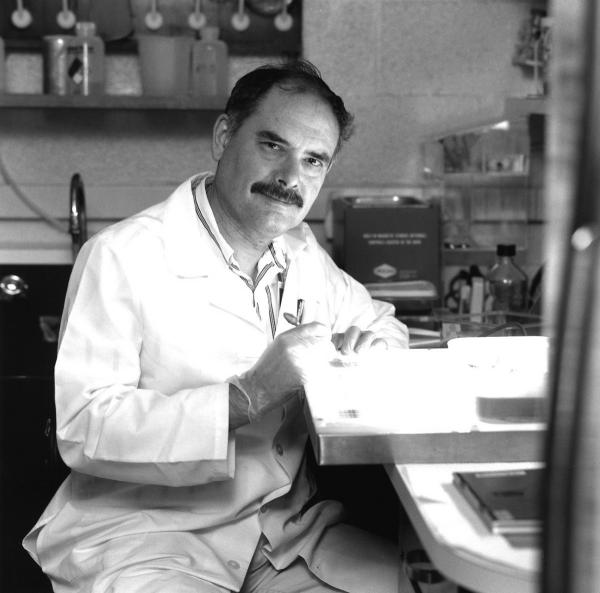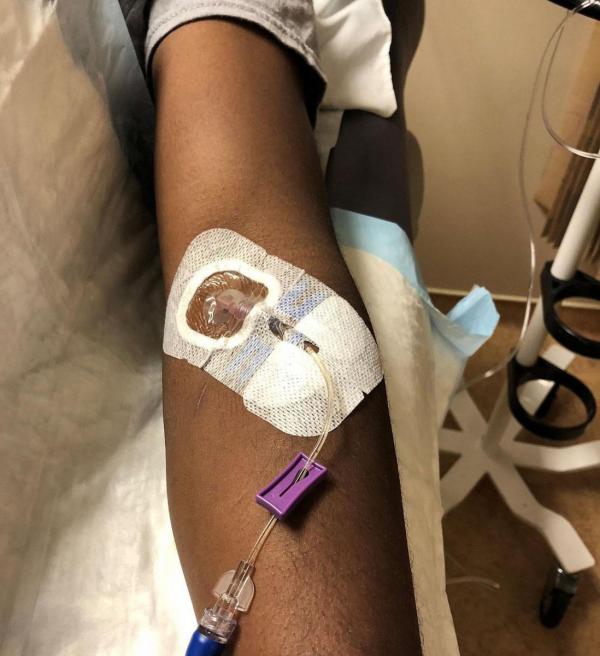How a Marker for Genetic Damage Changed the Study of DNA
Decades Later, IRP Researcher’s Discovery Is Used in Labs Around the World
National DNA Day, held on April 25, commemorates the completion of the Human Genome Project in 2003 and the day in 1953 when a research team led by Drs. James Watson, Francis Crick, Maurice Wilkins, and Rosalind Franklin published their groundbreaking paper on the structure of DNA in the journal Nature.
The mapping of DNA’s structure opened the door to modern genetics and our current understanding of how DNA affects the health and survival of all living things. Since then, there have been numerous additional major leaps forward in the field of genetics. Among them was the discovery of a universal hallmark of DNA damage by IRP Scientist Emeritus William Bonner, Ph.D., an advance that revolutionized the study of how cells sense and repair genetic defects. Dr. Bonner’s findings paved the way for a deeper understanding of cell biology, as well as clinical advances for treating cancer and for assessing risks from radiation in the environment.










